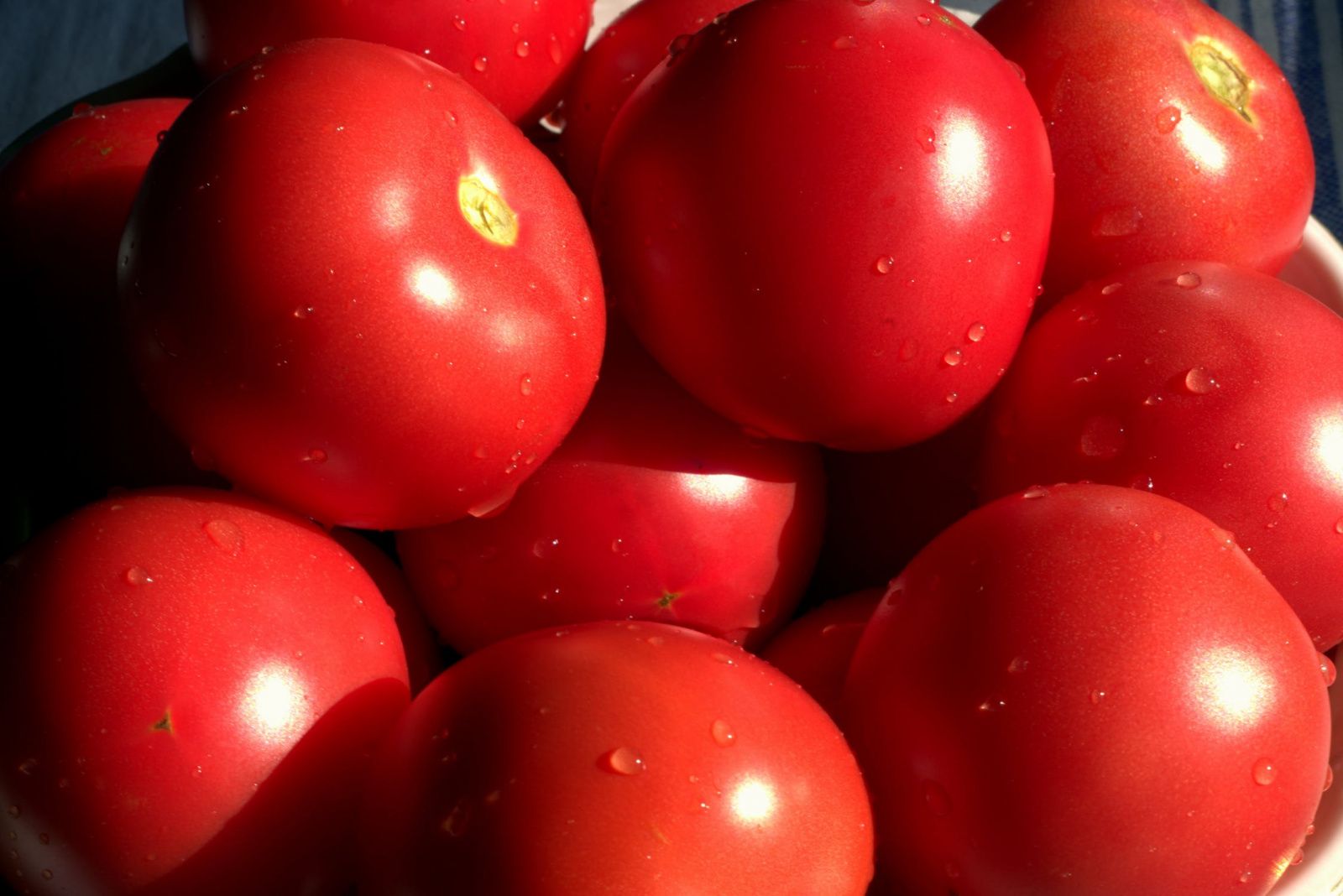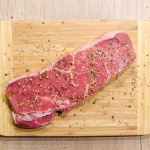top of mind news
- California Bill Clears Path For Guests To Bring Their Own Cups, Containers
- Why Server Competitions Are the Secret Sauce to Driving Revenue and Profitability
- When Should Kitchen Staff Wear Gloves?
- How Can I Use Recipe Costing, Incentives to Boost Profits and Productivity?
- Hot Fourth on Schedule and Modernizing Mimi’s
the farm
Poultry
 For the week ending July 13th, chicken harvests jumped 3.7%, but bird weights remain on the rise, counter seasonally, contributing to a 7.1% increase in RTC chicken production. With heavier bird weights and escalating production running throughout the early summer timeframe, the six-week average RTC production is up 5.7% from last year and running near the 2018 production highs notched in early November. Despite sharply higher production, prices (save for breast meat) have remained mostly steady. We continue to note that robust retail demand is driving wing prices, while export interest continues to support leg quarter pricing.
For the week ending July 13th, chicken harvests jumped 3.7%, but bird weights remain on the rise, counter seasonally, contributing to a 7.1% increase in RTC chicken production. With heavier bird weights and escalating production running throughout the early summer timeframe, the six-week average RTC production is up 5.7% from last year and running near the 2018 production highs notched in early November. Despite sharply higher production, prices (save for breast meat) have remained mostly steady. We continue to note that robust retail demand is driving wing prices, while export interest continues to support leg quarter pricing.
Beef
Despite beef packers processing 16,000 (or 2.5%) more cattle last week than last year, beef production was only up 1.4 percent as lighter carcass weights continue to temper total production. The Choice cutout, while declining from early June onward, remains more than 4% over last year, with the middle meats and grinds continuing to lend support. Further downside is expected into late summer, but the upcoming Labor Day holiday is expected to be supportive to prices. Seasonally, prices on the beef 50s are expected to be cut nearly in half by late summer, with downside towards the $0.40 area possible.
Pork
Weekly pork production paused last week, down 5% from the week prior and 1% under last year. As production eased, prices have been on the rise, with the cutout moving back over the $0.80 area for the first time since mid-June and pushing back over last year as well. Hams and bellies have been the largest drivers of the move on the cutout, but belly prices still remain below year ago. Risk remains to the upside on pork prices as sales begin to pick up amid lower prices. Still, the move may be more back to seasonal norms rather than substantially higher.
The Sea
Seafood
 The shrimp markets continue to trade at relatively engaging levels. During May, the U.S. imported 6.1% more shrimp than the previous year. An elevated value to the U.S. dollar along with a suspect world economy could keep shrimp exports to the U.S. at fairly solid levels in the coming months. However, history suggests that the risk in the shrimp markets is to the upside. Snow crab prices could remain pricey into the fall.
The shrimp markets continue to trade at relatively engaging levels. During May, the U.S. imported 6.1% more shrimp than the previous year. An elevated value to the U.S. dollar along with a suspect world economy could keep shrimp exports to the U.S. at fairly solid levels in the coming months. However, history suggests that the risk in the shrimp markets is to the upside. Snow crab prices could remain pricey into the fall.
The Garden
Produce
 The avocado markets have remained at inflated levels during the last week. Some supply relief is anticipated in the near term due to better imports from Mexico. However, overall supplies are likely to remain subpar deep into the summer. Further, trade tensions between the U.S. and the produce producers in Mexico have remained due to the new tariffs on tomato imports from the country. All of these factors are expected to cause the avocado markets to remain erratic through the fall. Lettuce supplies are subpar as well but the greater risk in the lettuce markets is to the downside.
The avocado markets have remained at inflated levels during the last week. Some supply relief is anticipated in the near term due to better imports from Mexico. However, overall supplies are likely to remain subpar deep into the summer. Further, trade tensions between the U.S. and the produce producers in Mexico have remained due to the new tariffs on tomato imports from the country. All of these factors are expected to cause the avocado markets to remain erratic through the fall. Lettuce supplies are subpar as well but the greater risk in the lettuce markets is to the downside.
The kitchen sink
Dairy
U.S. milk production remains constrained. During June, domestic milk output was .3 percent less than the previous year, due to a 1% smaller milk cow herd and a .7% gain in milk per cow yields. Milk farmers reduced the herd by a net 10,000 head during the month, making it the smallest since May 2016. The monthly reduction in the herd was the second largest since September. Solid milk cow slaughter data, as well as a decline in the milk replacement heifer inventory, suggest that U.S. milk output could remain tempered through the summer at least, which should underpin dairy prices.
Grains
 The USDA’s latest corn crop and supply estimates suggest that relatively ample corn supplies could persist during the next several months. However, the USDA is expected to adjust the crop estimate lower next month. Thus, the corn market is expected to remain volatile throughout the summer.
The USDA’s latest corn crop and supply estimates suggest that relatively ample corn supplies could persist during the next several months. However, the USDA is expected to adjust the crop estimate lower next month. Thus, the corn market is expected to remain volatile throughout the summer.
Oil
 Ethanol producer margins have been subpar for the last several months causing the industry to struggle. Thus, the latest estimates have ethanol output flat to down for 2019 versus the prior year. This may continue into the fall.
Ethanol producer margins have been subpar for the last several months causing the industry to struggle. Thus, the latest estimates have ethanol output flat to down for 2019 versus the prior year. This may continue into the fall.









